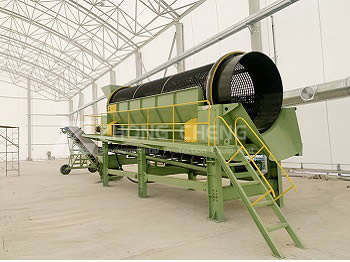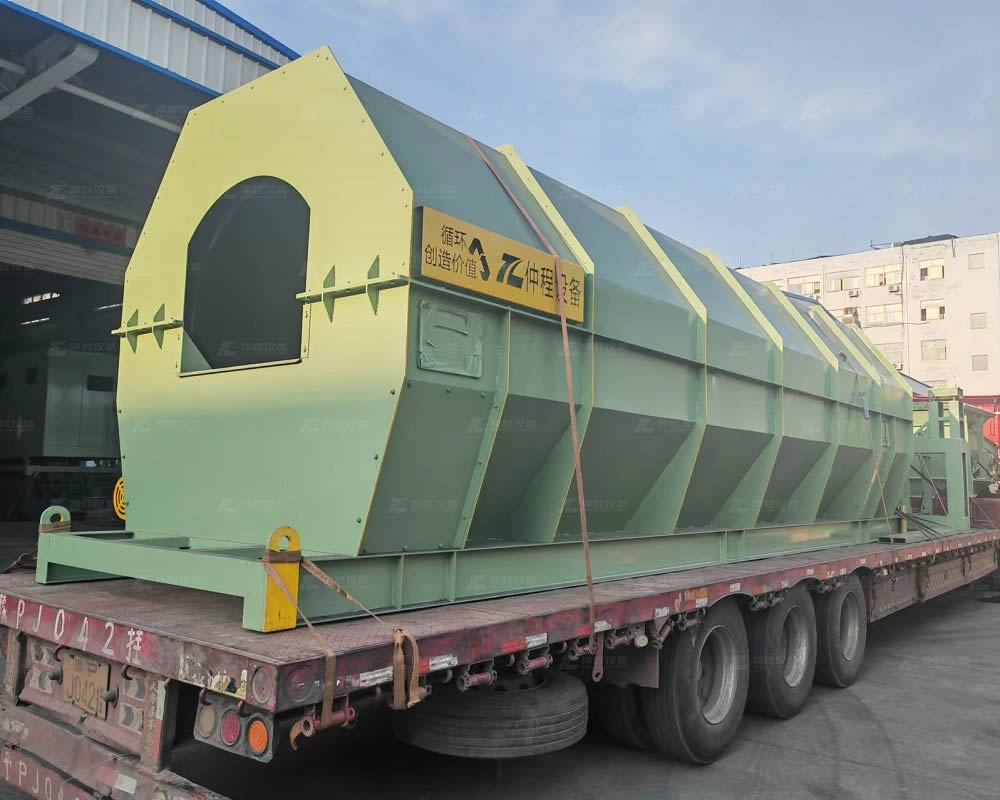
Waste Trommel And Copmost Trommel
-
Production Capacity:
30~300m³/h
-
Applicable Industries:
Recycling Plants/Waste Management/Composting Facilities/MSW
-
Power:
5.5-22kw
-
Core Components:
Crankshaft maintenance access. Centralised lubrication system.
-
Place of Origin:
Henan, China
- Product Details
- Characteristics
- Working Principle and Application
- Parameters
In the screening production line, drum screens are favored by many customers due to their low cost, thorough screening, low noise, easy maintenance, and stable operation. However, it's important to choose the right type of drum screen based on your specific needs. Today, Kevin from Zhongcheng Company will explain the differences between waste drum screens and compost drum screens and provide guidance on how to choose the appropriate one.
Differences Between Waste Trommle and Compost Trommel
Waste Trommel
Purpose:
General Waste Processing: Designed for sorting and separating various types of waste materials, including municipal solid waste (MSW), industrial waste, and construction debris.
Design Features:
Robust Construction: Built to handle a wide range of materials, including heavy and abrasive items.
Varied Screen Sizes: Equipped with different screen sizes to separate waste into various fractions (e.g., fine, medium, and coarse).
Heavy-Duty Components: Often includes features like reinforced frames, heavy-duty drums, and wear-resistant liners to withstand harsh conditions.
Material Handling:
Diverse Input: Capable of processing mixed waste streams that may contain organic material, plastics, metals, glass, and other debris.
Primary Separation: Often used in the initial stages of waste processing to remove large and bulky items before further sorting and recycling.
Compost Trommel
Purpose:
Compost Production: Specifically designed for screening compost to ensure a consistent particle size, which is crucial for quality compost production.
Design Features:
Optimized for Organics: Tailored to handle organic material efficiently, with a focus on maintaining the quality of the compost.
Screen Size: Typically has finer screens compared to waste trommels, to achieve a uniform compost product.
Gentle Handling: Designed to be gentle on the material to preserve the integrity of the compost and prevent breaking down of organic matter.
Material Handling:
Organic Material: Primarily processes organic waste such as yard waste, food scraps, manure, and other biodegradable materials.
Final Processing: Often used in the final stages of composting to screen out larger, non-decomposed materials and produce a refined compost product.
Key Differences:
Intended Use:
Waste Trommel: General waste separation and processing.
Compost Trommel: Specific to compost screening and refinement.
Construction and Durability:
Waste Trommel: Built for durability and to handle a wide range of waste, including heavy and abrasive materials.
Compost Trommel: Constructed with a focus on handling organic material gently and effectively.
Screen mesh:
Waste Trommel: Equipped with varied screen sizes for different waste fractions.The screen is made of punched steel plate
Compost Trommel: Typically uses finer screens to produce consistent compost.The screen is made of metal wire woven mesh
Material Handling Approach:
Waste Trommel: Designed for primary separation in waste management facilities.
Compost Trommel: Used in the final stages of compost production for quality control.
-
01Robust Construction: Built to handle a wide range of materials, including heavy and abrasive items.
-
02Varied Screen Sizes: Equipped with multiple screen sizes to separate waste into different fractions (e.g., fine, medium, and coarse).
-
03Heavy-Duty Components: Often includes reinforced frames, heavy-duty drums, and wear-resistant liners to withstand harsh conditions.
-
04Versatile Input: Capable of processing mixed waste streams that may contain organic material, plastics, metals, glass, and other debris.
How to Choose Between Waste Drum Screen and Compost Drum Screen
Identify Your Material:
- If you are dealing with mixed waste streams that include non-organic materials like plastics, metals, and glass, a waste drum screen is the appropriate choice.
- If you are specifically processing organic material for compost production, a compost drum screen is better suited to ensure quality compost.
Consider the Desired Output:
- For diverse material separation into different sizes and types, opt for a waste drum screen.
- For fine, consistent compost output, choose a compost drum screen with finer screens.
Evaluate Durability and Maintenance:
- Waste drum screens are built for heavy-duty operation and may require more robust maintenance to handle varied waste types.
- Compost drum screens focus on gentle handling and may have different maintenance needs focused on preserving organic material quality.
Check for Specific Features:
- Look for features like adjustable screen sizes, reinforced frames, and wear-resistant liners in waste drum screens.
- Ensure compost drum screens have fine mesh screens and designs that prevent clogging and maintain compost quality.
By understanding these key differences and considering your specific needs, you can make an informed decision on whether a waste drum screen or a compost drum screen is the right choice for your operation.
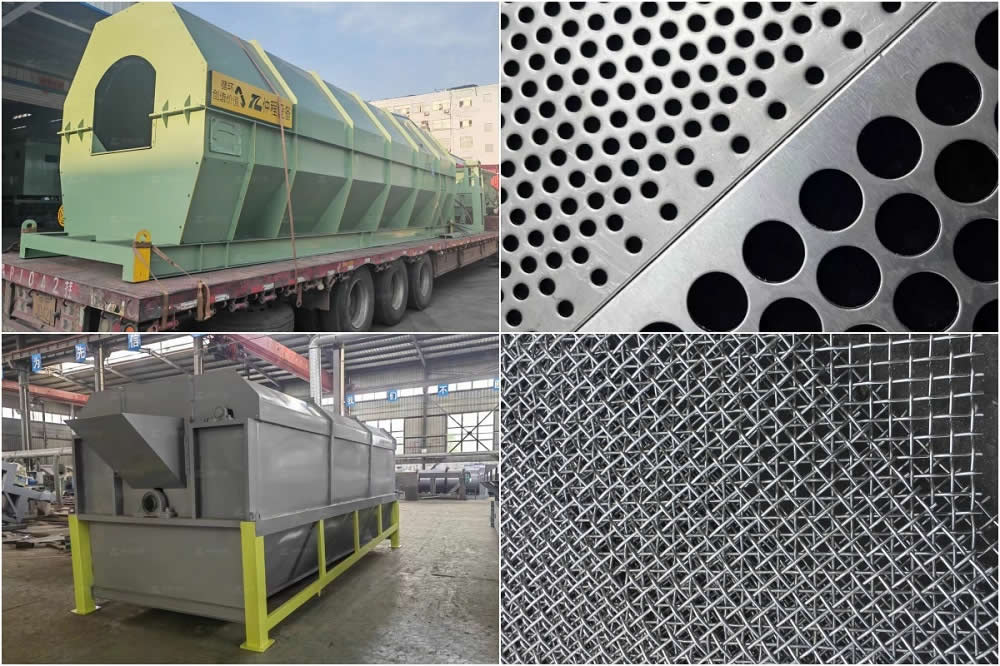
I hope this explanation helps clarify the differences between waste drum screens and compost drum screens, and guides you in choosing the right equipment for your specific requirements. If you have any further questions, feel free to reach out to us at Zhongcheng Company!
| TS1804 | TS1806 | TS2506 | TS2508 | TS3008 | TS3010 | |
| Length of sieve | 4000mm | 6000mm | 6000mm | 8000mm | 8000mm | 10000mm |
| Diameter | 1800mm | 1800mm | 2500mm | 2500mm | 3000mm | 3000mm |
| Speed | 0-15 rpm | 0-15 rpm | 0-15 rpm | 0-15 rpm | 0-15 rpm | 0-15 rpm |
| Drum inclination | 4°-7° | 4°-7° | 4°-7° | 4°-7° | 4°-7° | 4°-7° |
| Sieve hole size | 10 - 150mm | 10 - 150mm | 10 - 150mm | 10 - 150mm | 10 - 150mm | 10 - 150mm |
| Under sieve stream | 2 or 3 | 2 or 3 | 2 or 3 | 2 or 3 | 2 or 3 | 2 or 3 |
| Power | 11kw | 15kw | 15kw | 18.5kw | 22kw | 30kw |
| Throughput | 10-20m³/h | 20-35m³/h | 35-50m³/h | 50-65m³/h | 65-80m³/h | 80-100m³/h |
-
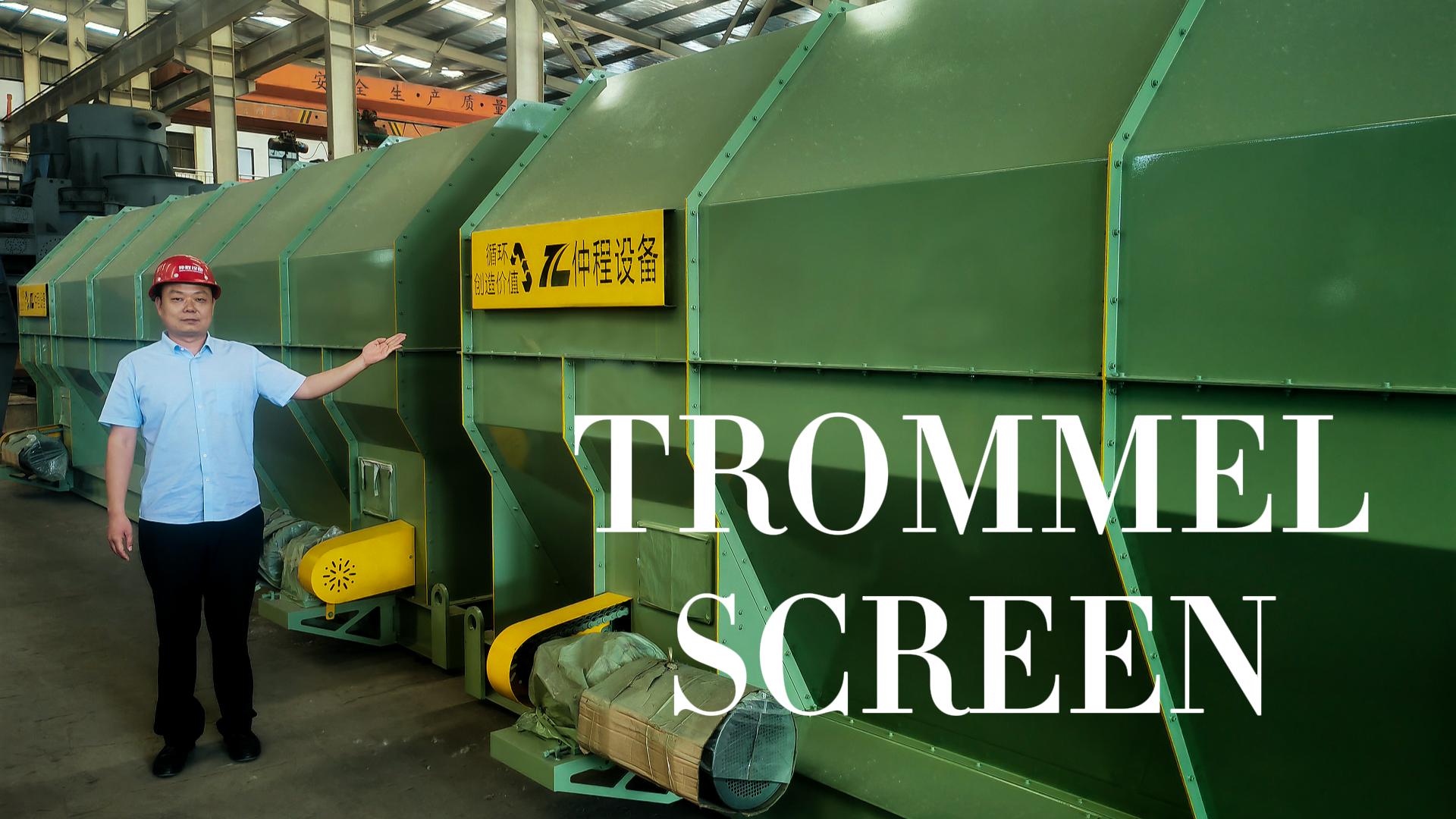 msw trommel screen for waste recycling machineThis equipment is suitable for the particle classification process in all walks of life:The equipment is simple, easy to operate,and can be operated with a larg...Get Quote
msw trommel screen for waste recycling machineThis equipment is suitable for the particle classification process in all walks of life:The equipment is simple, easy to operate,and can be operated with a larg...Get Quote -
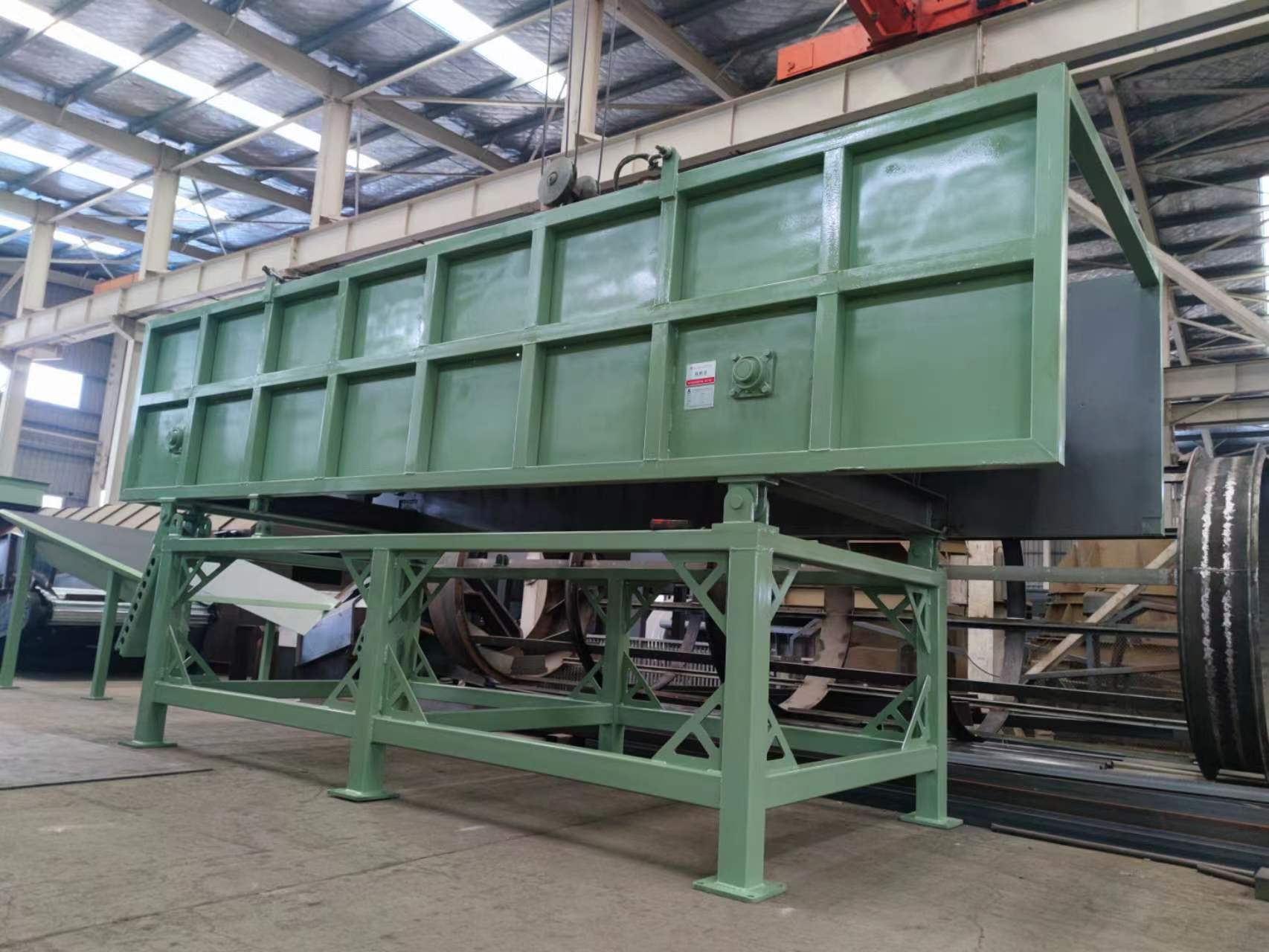 Efficient Material Separation with Bounce ScreensThe ballistic separator is an important equipment with separation function designed for the sorting of inorganic particles in the coarsely crushed waste.Get Quote
Efficient Material Separation with Bounce ScreensThe ballistic separator is an important equipment with separation function designed for the sorting of inorganic particles in the coarsely crushed waste.Get Quote -
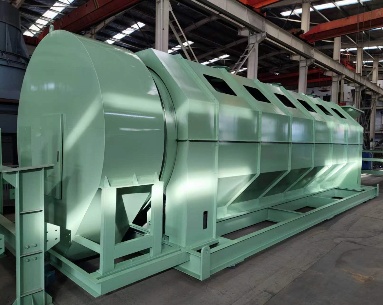 Optimize Your Waste Management Today with Our Advanced Drum ScreensUnderstanding the Mechanism and Optimization of Drum Screens for Waste ManagementGet Quote
Optimize Your Waste Management Today with Our Advanced Drum ScreensUnderstanding the Mechanism and Optimization of Drum Screens for Waste ManagementGet Quote -
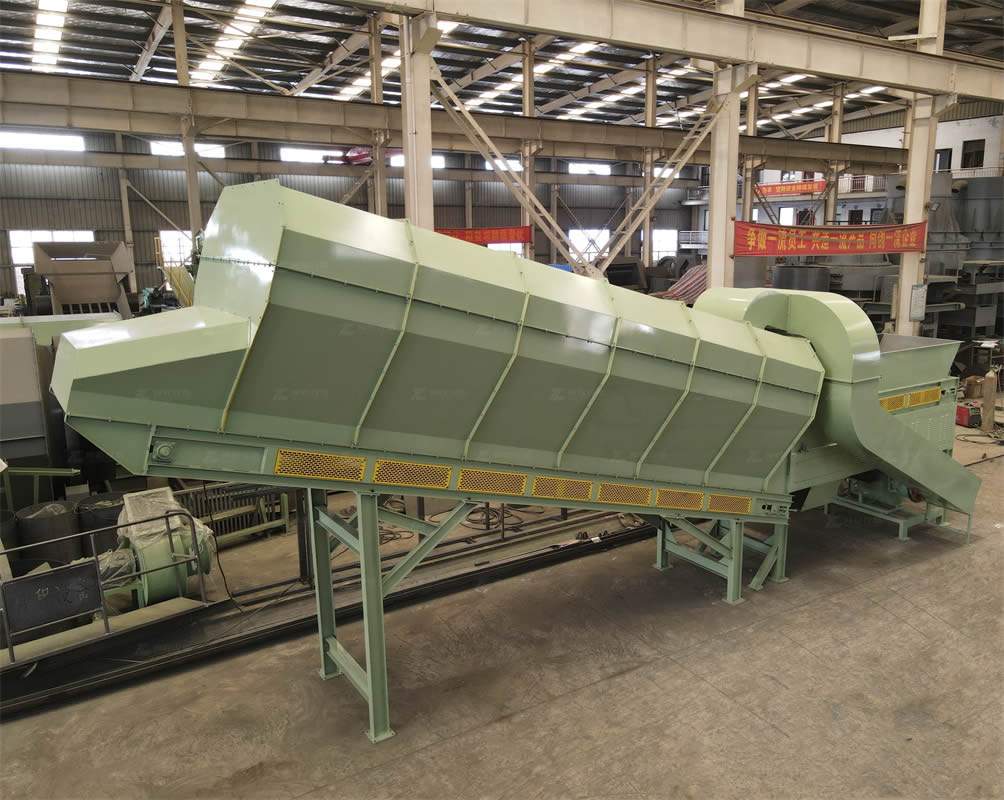 Zhongcheng Air Drum Separator in MSWAir drum separators effectively separate lightweight materials (e.g., plastics, paper) from heavier materials (e.g., metals, glass). This high efficiency is cru...Get Quote
Zhongcheng Air Drum Separator in MSWAir drum separators effectively separate lightweight materials (e.g., plastics, paper) from heavier materials (e.g., metals, glass). This high efficiency is cru...Get Quote



